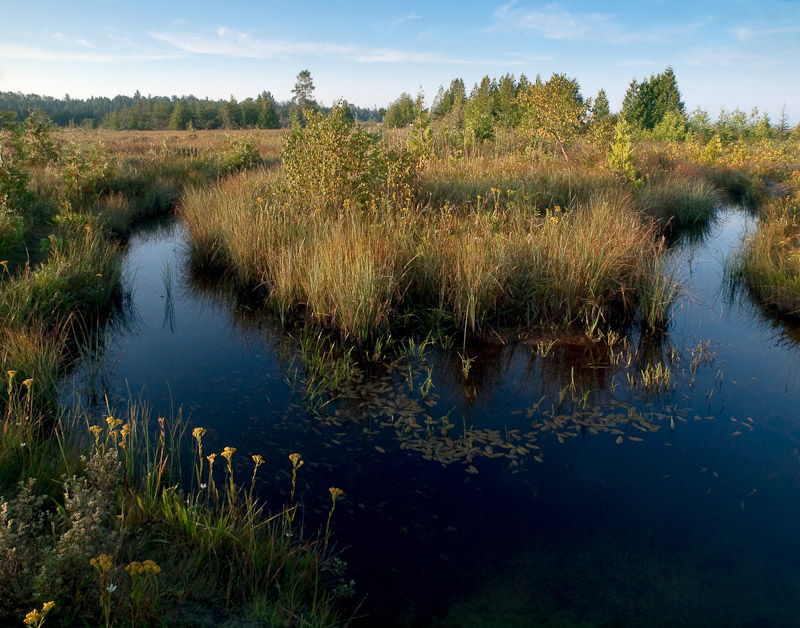On the heels of a decision by the Ontario government to proceed with a wetland off-setting program, a provincial conservation group is recommending measures to ensure that the program is effective.
In a new report entitled, Navigating the Swamp: Lessons on Wetland Offsetting for Ontario, Ontario Nature has published a set of recommendations for the provincial government to help enable compensation for the negative impacts of development through the restoration or creation of new wetlands.
On July 20, 2017, the Ministry of Natural Resources and Forestry announced plans to proceed with its new wetlands strategy, subject to changes made as a result of public consultation. The ministry statement concluded that there was strong public support for the proposed actions.
The Ontario Nature report cautions that while considerable gains for wetlands areas can be made through off-setting, experiences in other provinces has shown that performance standards, information access, enforcement, and compliance could dictate the success of failure of such a program.
The report explores both the promise and the pitfalls of wetland offsetting, with policy recommendations based on a survey of relevant laws and policies in the United States and Canada, as well as those in Alberta, New Brunswick, Nova Scotia, Quebec, Saskatchewan, British Columbia, and Newfoundland and Labrador.
Included in the recommendations, the report states:
- “The wetland offsetting policy should outline an approach to siting offsets based on a consideration of the landscape context, desired conservation outcomes, Indigenous cultural values, the potential for long-term success and viability, and the equitable distribution of social costs and benefits.
- The wetland offsetting policy should ensure that provincially significant wetlands and significant coastal wetlands are strictly off limits to all forms of development, and that current protections under the Provincial Policy Statement and other provincial land use policies are upheld or strengthened.
- The Government of Ontario should carefully examine and provide direction on wetland banking, with input from Indigenous communities, municipalities, and stakeholders. If it decides to enable conservation banking, it must address such issues as governance, oversight, limits to offsetting, equivalence, and equitable distribution of costs and benefits among affected communities.”
The Ontario Nature report was co-written by David W. Poulton and Anne Bell, and can be accessed online. The Wetland Conservation Strategy for Ontario 2016-2030 is available at, http://apps.mnr.gov.on.ca/public/files/er/a-wetland-conservation-strategy-for-ontario-2017-2030.pdf with the list of changes posted on the Environmental Bill of rights website.










Dear Water Canada,
Thank you very much for publishing this, though where “Conservation Ontario” is mentioned above, instead it should read “Ontario Nature”.
Best and kind regards,
Noah Cole,
Communications Technician,
Ontario Nature
Hi Noah,
Thank you for pointing out the inaccuracy. We’ve happily corrected that.
Best,
WC-team
Dear Water Canada,
Thank you very much for publishing this, though where “Conservation Ontario” is mentioned above, instead it should read “Ontario Nature”.
Best and kind regards,
Noah Cole,
Communications Technician,
Ontario Nature
Hi Noah,
Thank you for pointing out the inaccuracy. We’ve happily corrected that.
Best,
WC-team